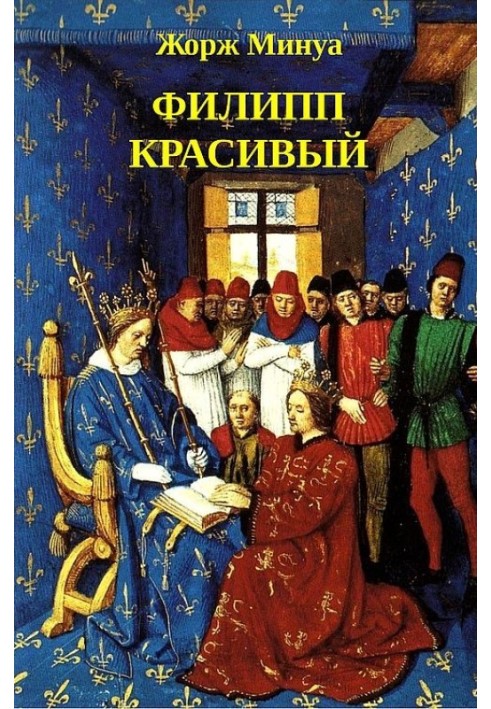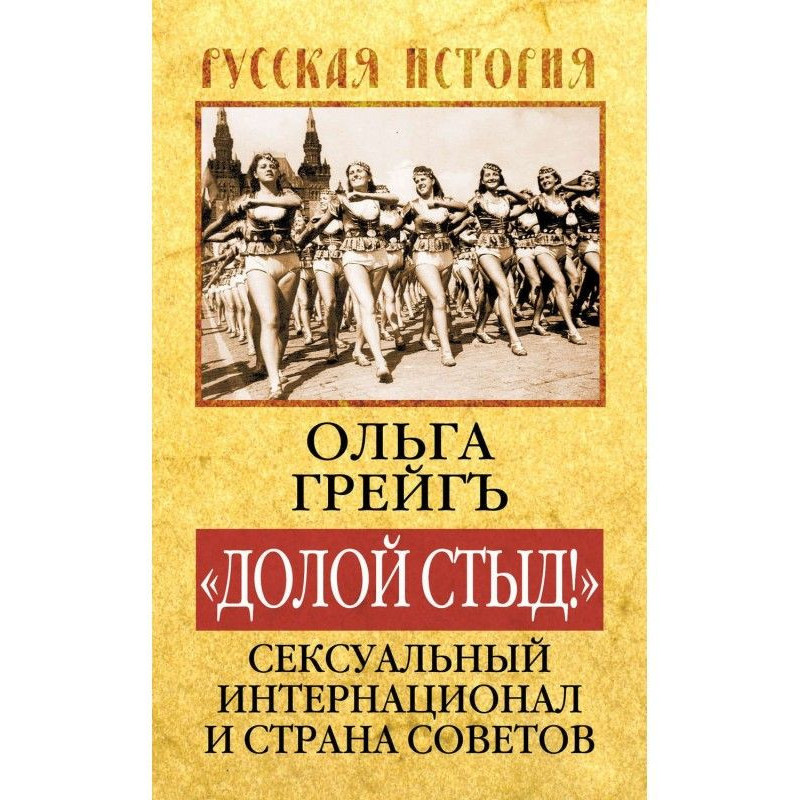Philip the Handsome
 Instant download
Instant download
after payment (24/7)
 Wide range of formats
Wide range of formats
(for all gadgets)
 Full book
Full book
(including for Apple and Android)
Philip IV the Handsome was a mystery to his contemporaries and remained so for historians for a long time. For this man is hidden behind the affairs of his reign, affairs that can kindle the romantic imagination with the twilight of the Templar feast, the ominous family drama of his three sons, the merciless struggle with Pope Boniface VIII. For some, he was the “iron king” who ruthlessly built a modern bureaucratic state on the ruins of a feudal monarchy; for others - a king of flesh and blood, hiding behind the mask of the sphinx and the impassiveness of the statue a weak and indecisive character, which was strongly influenced by his close advisers, the Fleet, Nogaret and Marigny. Philip the Fair's reputation was tarnished by constant comparisons with the idealized image of his grandfather Saint Louis, whose reign was considered a golden age. But around 1300, the real “Iron Age” began: it was the end of the “beautiful Middle Ages” and the beginning of the age of disasters, with the first manifestations of mass famine, the beginning of the Hundred Years’ War, and soon widespread epidemics. To govern the kingdom of France during such a difficult period, ensuring the transition from a feudal monarchy to a national monarchy, required more than a saint dreaming of a crusade: it required a strong and pragmatic personality. Georges Minois tells his story and draws his portrait of King Philip the Fair, with all impartiality and talent. The cover design uses a miniature from the “Great French Chronicles” (XV centuries) depicting the swearing of vassal oath by Edward I to Philip IV.
Data sheet
- Name of the Author
- Жорж Минуа
- Language
- Russian
- Translator
- Germixes
Reviews
Вражаюче дослідження історії та особистості
Книга "Філіп Красивий" Жоржа Мінуа - це справжній шедевр, який відкриває перед читачем складний та багатогранний світ французького короля Філіпа IV. Автор майстерно поєднує історичні факти з аналітичним підходом, що дозволяє заглибитися в епоху, коли відбувалися значні зміни в політичному та соціальному житті Франції. Мінуа не лише розкриває особистість Філіпа, але й показує, як його рішення вплинули на хід історії. Читачі можуть відчути атмосферу того часу, дізнатися про інтриги, боротьбу за владу та складні стосунки з папством. Ця книга не лише інформативна, але й надзвичайно захоплююча, що робить її ідеальним вибором для всіх, хто цікавиться середньовічною історією та політичною динамікою. Рекомендую всім, хто хоче зрозуміти, як особистість короля може вплинути на долю цілого народу.

















